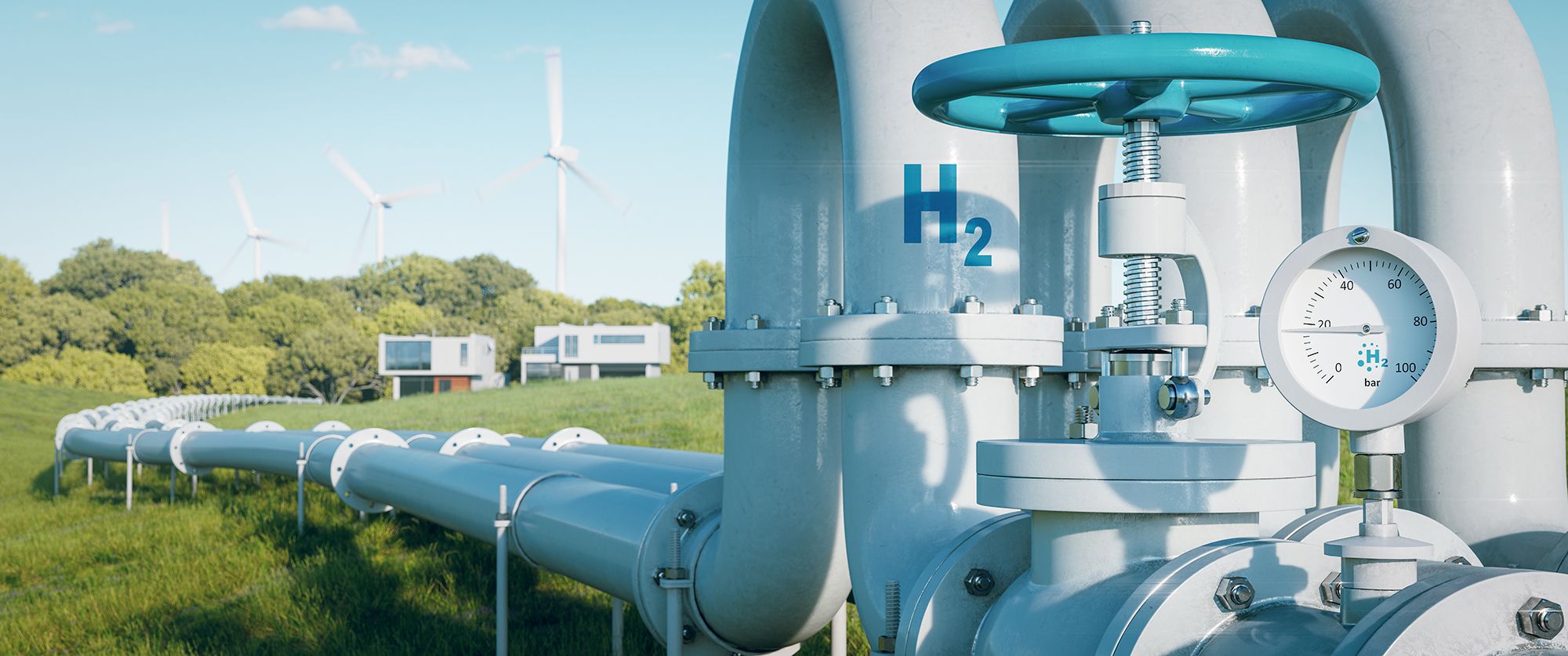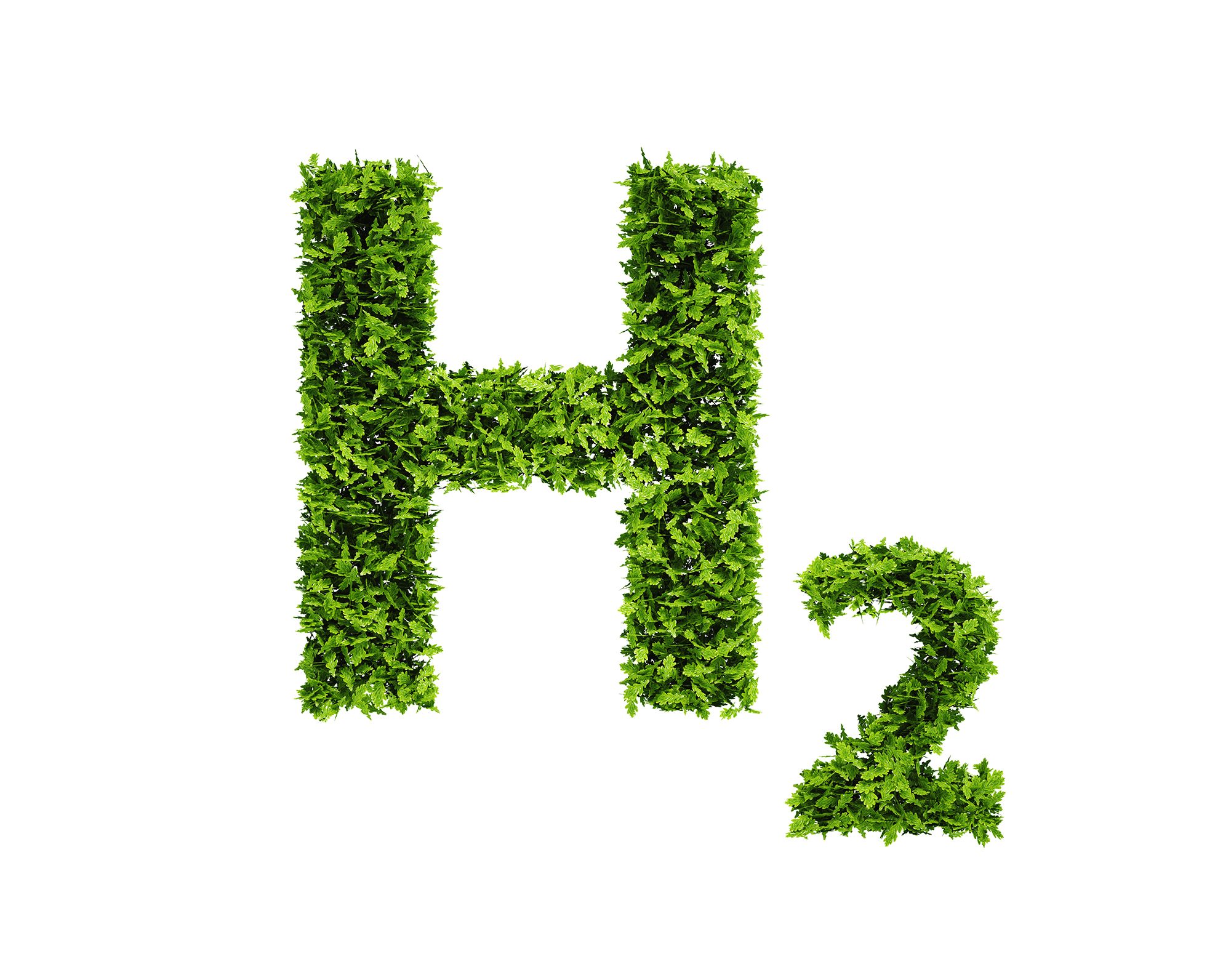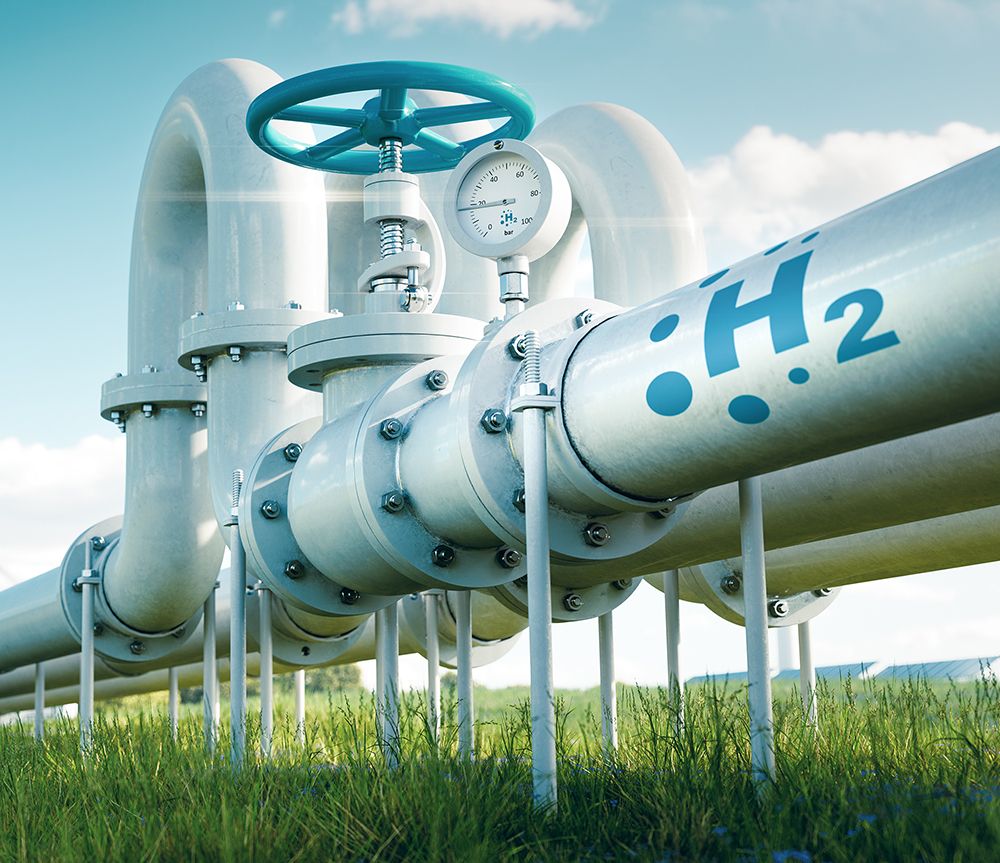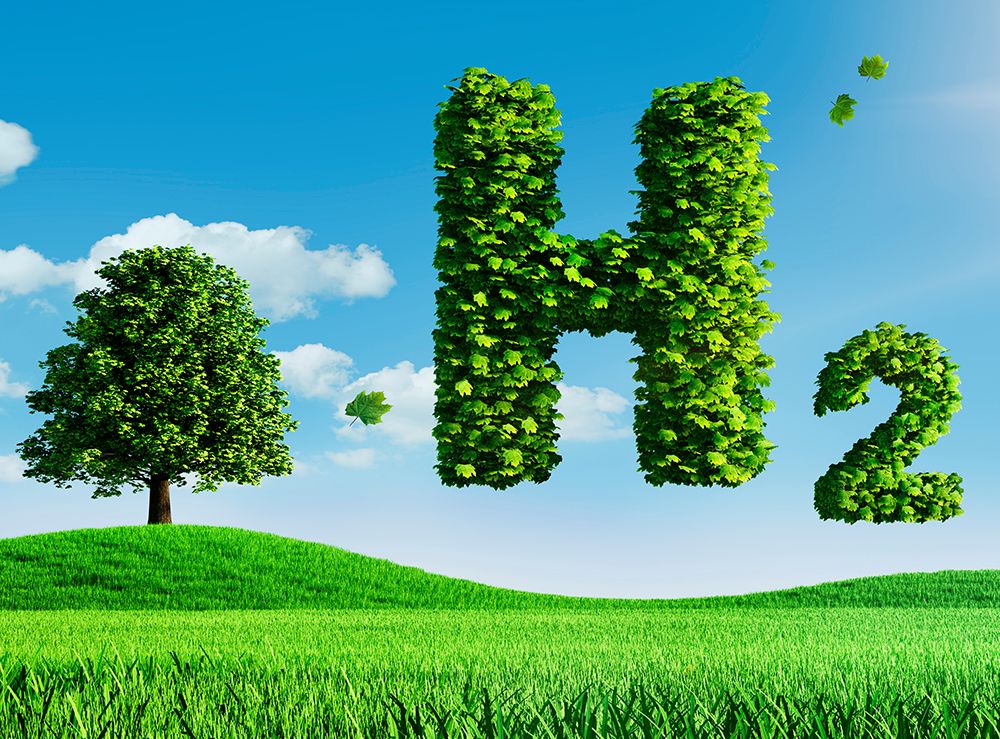


Posted: 5 October 2022

Decarbonisation has been high on the agenda for many years now, as we find new, innovative and more importantly, practical ways of trying to reduce our carbon footprint. Green electricity is fast becoming the norm and eventually will help towards addressing the high energy bills in the UK.
The next step is reducing or replacing the use of natural gas, not only from an environmental perspective but also as a sustainable and cost-effective energy source. Our main contenders are a direct replacement of natural gas with hydrogen or the electrification of heating and cooking.
First and foremost, hydrogen is one of the most abundant elements on our planet, existing in all plant life and water. Hydrogen gas can be obtained through water, natural gas, or biomass. It is practically a clean energy source with completely safe by-products and is far more efficient than other fuel types like diesel or gas. Even the process of extracting hydrogen from water using electrolysis produces no emissions.

Green hydrogen, even blue, grey, pink, turquoise, yellow, white, black, and brown hydrogen is available, although, unfortunately you can’t see any of them as hydrogen is actually colourless. The colour schemes are purely used as classifications for how the hydrogen is created.

This is the ideal form of hydrogen, as the process is perfected. This could be the preferred energy of the future, made by using clean electricity from surplus renewable energy sources, such as solar or wind power, to electrolyse water. Electrolysers use an electrochemical reaction to split water into its components of hydrogen and oxygen, emitting zero carbon dioxide in the process.
Blue hydrogen is produced mainly from natural gas, using a process called steam reforming. This also produces carbon dioxide as a by-product, although far lower levels of carbon than its fossil fuel counterparts.
Grey hydrogen is currently the most common form of production, created from natural gas, or methane, using steam methane reformation but without capturing the greenhouse gases made in the process.
This is done by using black coal or lignite to create hydrogen, although is not the most environmentally friendly option.
Pink hydrogen is created through electrolysis powered by nuclear energy. Nuclear-produced hydrogen can also be referred to as purple hydrogen or red hydrogen.
Turquoise hydrogen is made using methane pyrolysis to produce hydrogen and solid carbon, a low-emission process and may be an option in the future if produced through a renewable energy source.
Yellow hydrogen is another new process, created through electrolysis using solar power.
This is a natural hydrogen found in underground deposits and created through fracking, although no refining has been announced.
Tests have shown that hydrogen has a flow velocity which is up to three times higher than methane. Because of this and the make-up of hydrogen itself, embrittlement can occur in steel pipelines, creating cracks and potentially reducing the service life by up to 50%.
A short-term fix for this is currently being tested by the National Grid and Scottish Gas Network, who are blending 20% hydrogen with existing gas in one small network. This has shown no noticeable difference in performance between the blended and 100% gas pipelines, which is a promising start. Although, 100% green hydrogen pipelines would be the ultimate goal.
Another longer-term solution would be to replace sections of metal pipeline with polyethylene, something that our supply partners Radius Systems Ltd are researching with Northern Gas Networks at their facility in Middlesborough. The facility is currently the only one of its kind to convert an existing gas pipeline into 100% hydrogen.


Hopefully not in the near future, but the current downside to making hydrogen through electrolysis is it requires a considerable amount of energy and in particular, green hydrogen can cost four to six times more than conventional fossil fuel methods.
As advances in technology of renewable energy allow this process to become more economical, we should start seeing this source of energy becoming commonplace, which begs the question, can the UK gas lines handle hydrogen?
Hydrogen may not be there yet, but we are working alongside our technical partners to ensure that all our mains to meter pipeline and ancillary supplies are tested, compliant and in stock, ready when you are.
Call us today on 01942 727788 or use our contact form to find out more. Follow us on LinkedIn for the latest news and developments.
Contact the experts today and get the right advice for your project
01942 727788